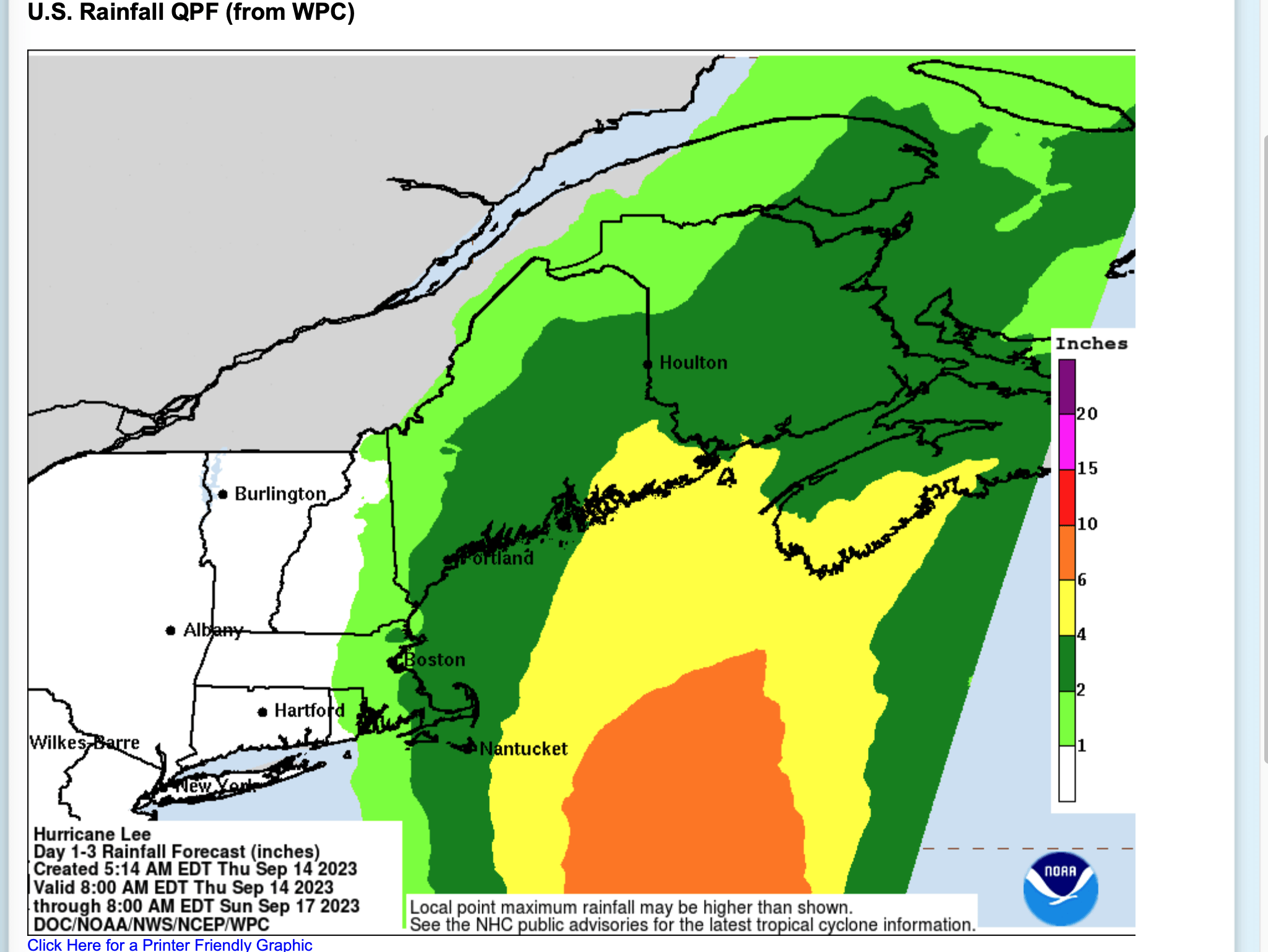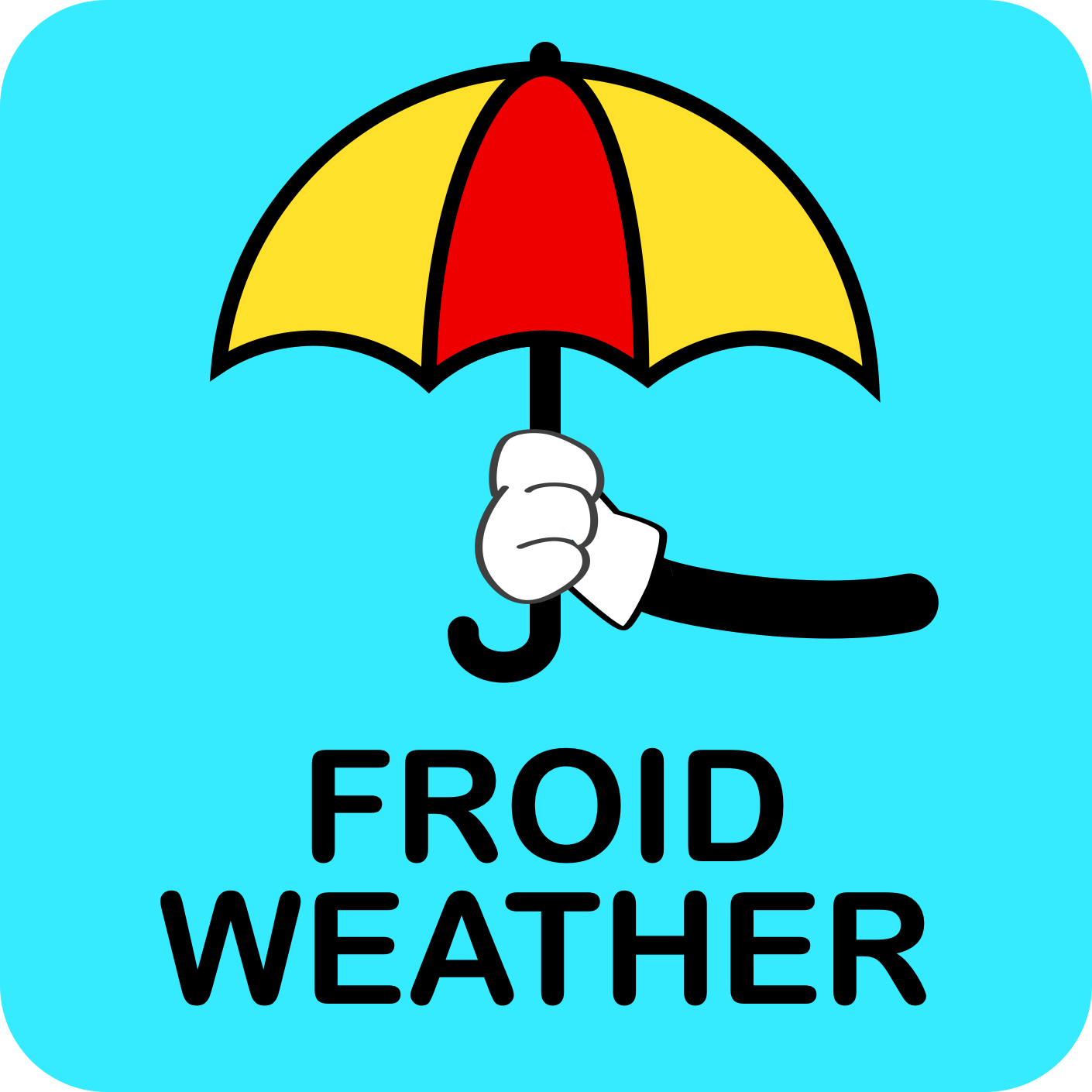Hurricane Lee Updates
Updated: Thursday 9am Eastern Time
Hurricane Lee Wind Speeds
The above image from NOAA is the prediction for wind speeds of Hurricane Lee. Wind speeds of Hurricane force of 74 to 110 mph. The wind spped is expected to change to 39 to 73 mph after crossing into Nova Scotia, Canada on late Saturday.
Key Notes
There is the potential for life-threatening storm surge flooding in portions of southeastern Massachusetts, including Cape Cod and Nantucket, late Friday and Saturday, where a Storm Surge Watch is in effect.
Hurricane conditions and coastal flooding are possible in portions of eastern Maine, southern New Brunswick, and western Nova Scotia on Saturday, and a Hurricane Watch is in effect for that area. Heavy rainfall in these areas may produce localized urban and small stream flooding from Friday night into Saturday night. Tropical storm conditions are possible elsewhere across New England and Atlantic Canada within the Tropical Storm Watch areas

Rainfall Prediction
Please note that up to 6-inches of rain is expected over large areas. This can cause life threatening flooding.

